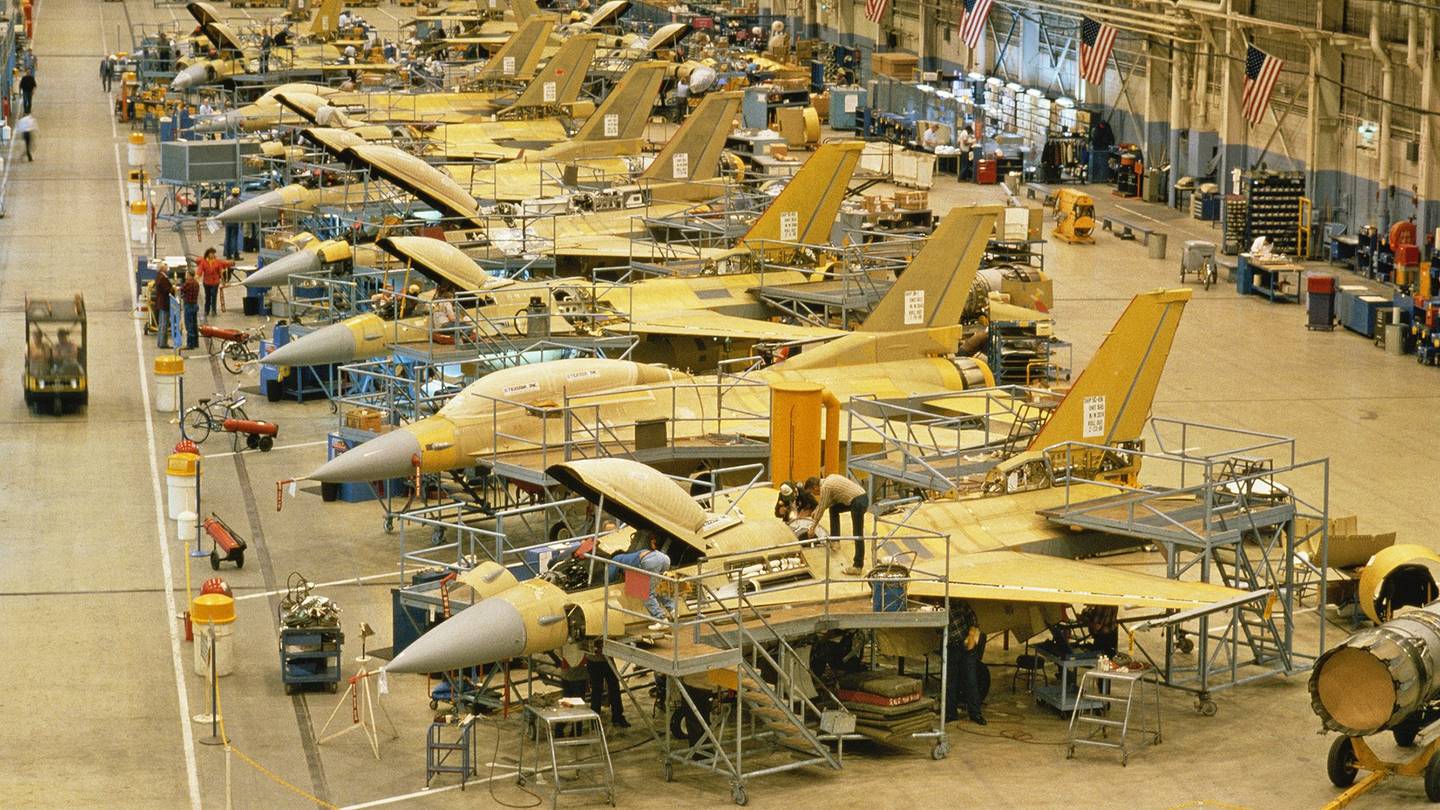
NEW DELHI. More than two years after the defence procurement procedure was tweaked to galvanise Make in India in defence, there is little evidence of a turnaround in domestic production of the defence equipment. Reliable information is hard to come by but going by whatever is in the public domain the measures taken in the last four years are yet to pick up an irreversible momentum, not necessarily because of any inherent weakness in the reforms but on account of other factors that have a bearing on production and acquisition but remain inadequately addressed.
Of reforms, there has been no dearth. In 2014, the cap on foreign direct investment (FDI) in defence was raised from 26 to 49 per cent. In 2016, the Defence Procurement Procedure (DPP 2016) was amended to include a new procurement category called ‘Buy (Indian Designed, Developed and Manufactured)’. The amended procedure also saw the ‘Make’ procedure being made more broad-based to encourage the private sector.
A year later, the Strategic Partnership (SP) model was adopted and the same year a Defence Technology Fund was set up. Meanwhile, the industrial licensing regime was streamlined and many other measures announced, such as setting up of a Defence Investor Cell and, more recently, two Defence Industrial Corridors in the states of Uttar Pradesh and Tamil Nadu.
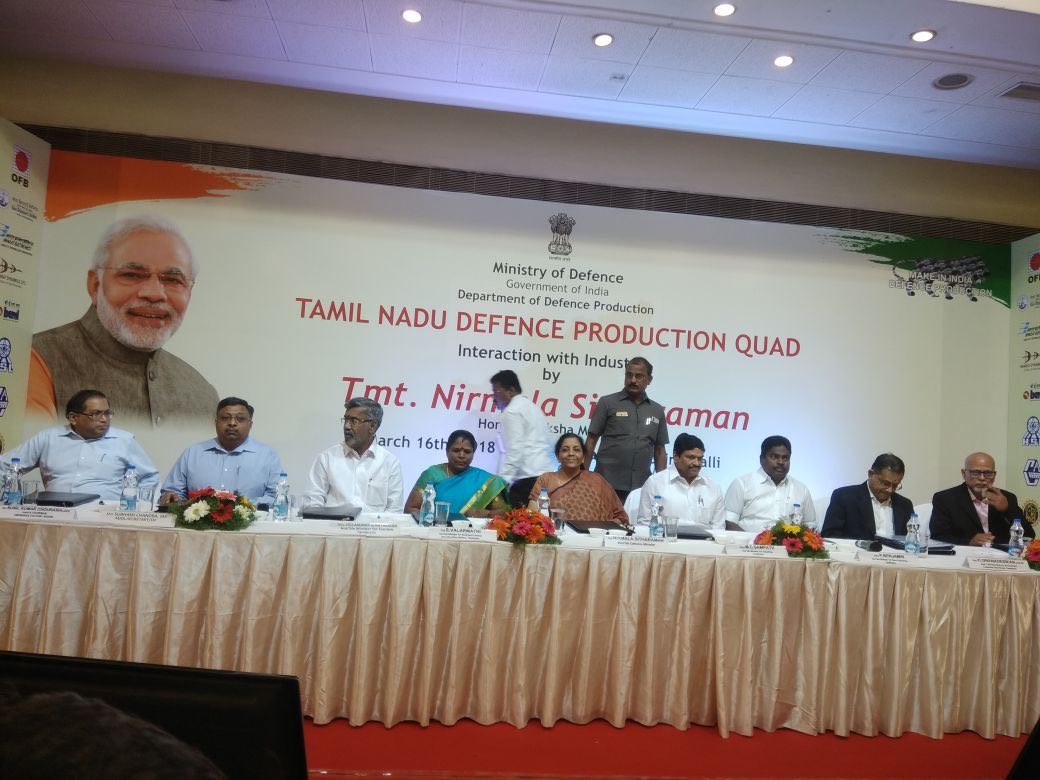
What has been the upshot of these reforms? One would imagine that the ultimate objective of the reforms is to ensure that the needs of the Indian armed forces are met in time, preferably through indigenous design, development and manufacture of defence equipment. That being the case, the efficacy of the reforms can only be tested on the touchstone of domestic defence production and acquisition by the Ministry of Defence (MoD), especially from the local sources.
Many would argue that it is too early to pass a judgement as it takes a long time for the reforms to start producing tangible results. While this is true to some extent, especially in relation to the decisions like setting up of the industrial corridors announced only earlier this year, it is not a day too soon to take stock of how these reforms are playing out and whether there are unmistakable signs that the things are headed in the right direction in relation to production of defence equipment in India and acquisition by the MoD.
There are several factors that impact defence production but the one which is predominant among all these is the demand for the defence products. The demand is not the same as the requirement. The armed forces have a long list of requirement ranging from ammunition, carbines, rifles, guns, submarines, other naval vessels, helicopters to aircraft and the like. But these requirements have to be converted into specific demands through the tendering process. Unless this happens, there is no business case for the industry to ramp up production.
The changes made in DPP 2016 are intended to smoothen the process of converting the requirements into specific demands and making sure that while doing so the possibility of meeting the demand from the local sources is kept in mind. This objective is sought to be achieved through a revamped system of categorisation of defence procurement.
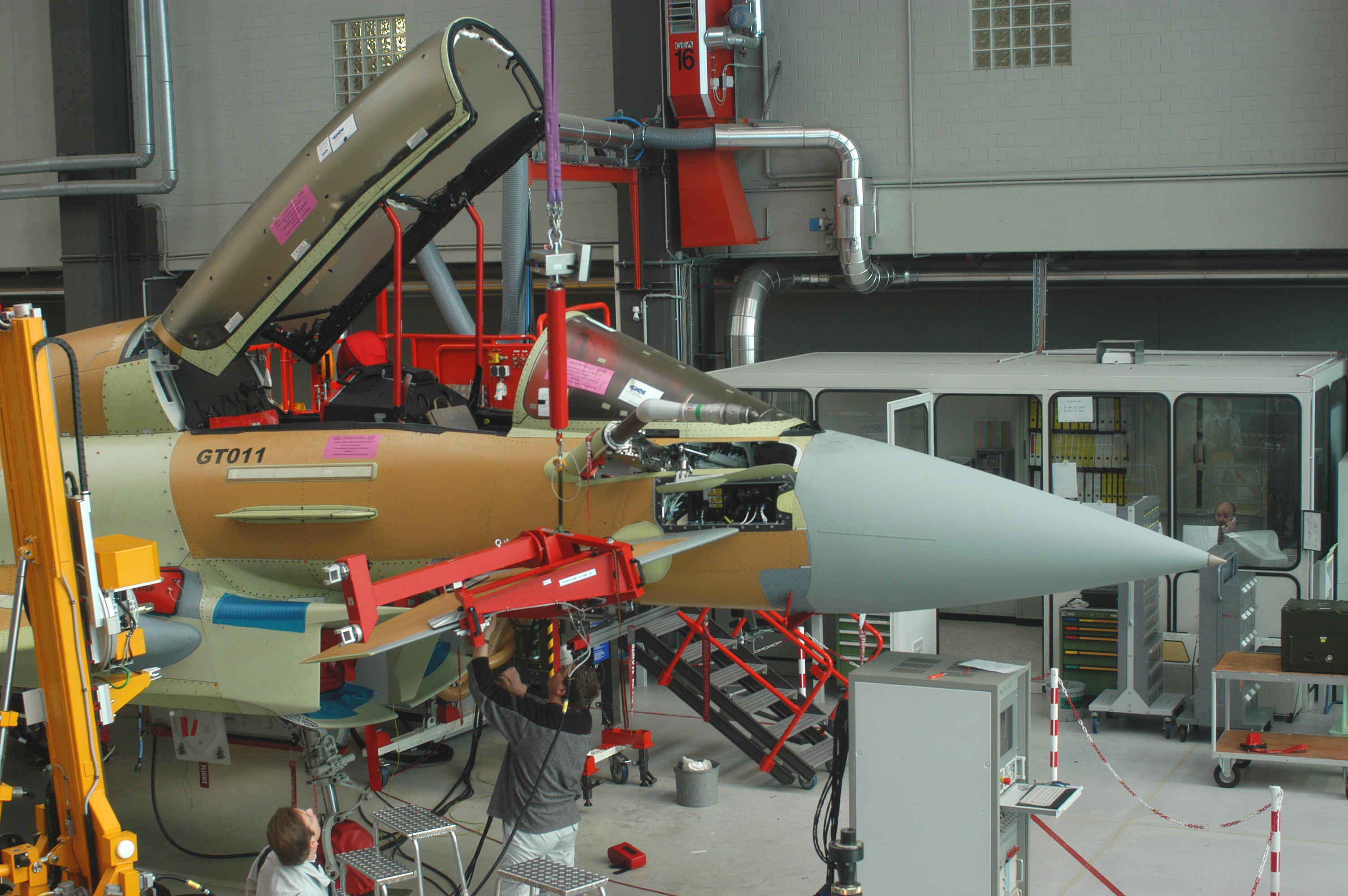
The most talked about feature of DPP 2016 is the introduction of the ‘Buy (IDDM)’ category as the most preferred of all the five procurement categories. Any equipment that is designed and developed in India and has an indigenous content of at least 40 per cent has to be sourced from the Indian vendors under this category. Even if any equipment is not designed and developed in India, DPP 2016 requires that it be bought from the Indian sources provided such equipment has indigenous content of at least 60 per cent, if bought under the Buy (IDDM) category, or 40 per cent if bought under the Buy (Indian) category.
The ‘Buy and Make (Indian)’ category, which the third most preferred category in the hierarchy of procurement categories, is also aimed at making the Indian companies the prime contractors for import and licensed production of the foreign equipment.
The second important change is splitting of the ‘Make’ category into two sub-categories. The second sub-category is intended to let the Indian industry take up prototype development projects on their own without any government-funding and benefit from a reasonable assurance of the procurement contract being awarded to the successful developer of the prototype. Many other changes have also been carried out so that the ‘Make’ procedure becomes more attractive and, going by the available accounts, the industry has shown keen interest in these projects.
According to the thirty sixth report of the Standing Committee on Defence (16th Lok Sabha), out of 145 capital acquisition proposals, entailing an estimated value of Rs 3,99,796 crore, approved in principle by the Defence Acquisition Council from 2014-15 to 2016-17, as many as 103 proposals involving Rs 2,46,417 crore, were approved under the aforesaid categories. This is an encouraging development but it needs to be followed through and contracts have to be awarded.
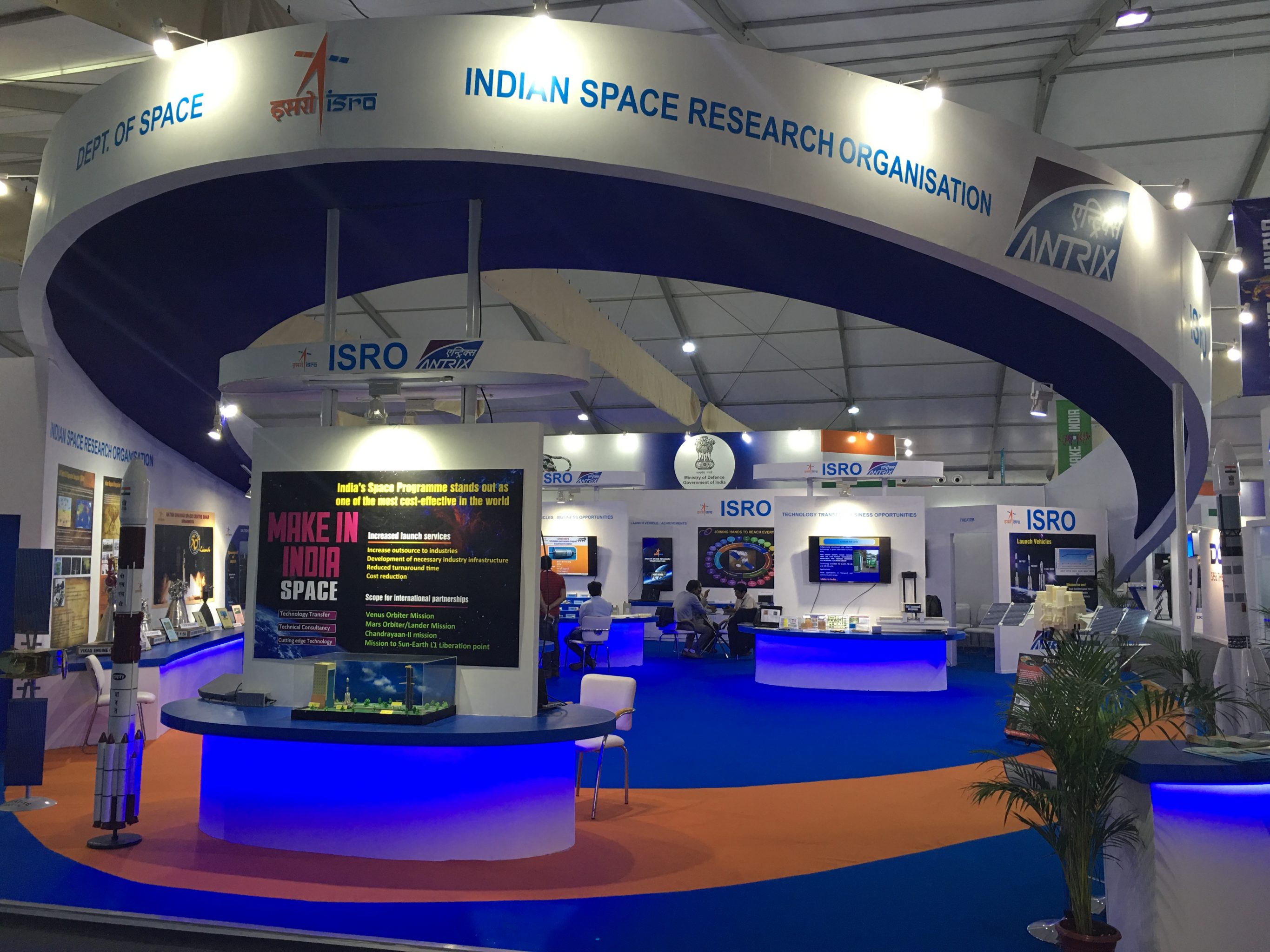
The third significant change made in DPP 2016 to promote the Indian industry is the introduction of the SP model. Under this model, the MoD will select Indian companies which will require to tie up with the foreign manufacturers of the equipment identified by the MoD. These companies will then participate in the tender floated by the MoD and the chosen one will have to make that equipment in India with the help of technology transfer from the original equipment manufacturer.
In the first phase, the SP model is to be unrolled in the four strategically important segments: aircraft, helicopter, submarines and armoured fighting vehicles/main battle tank. While some steps have been taken by the MoD to identify the foreign vendors in some of these segments, the process of selecting the potential strategic partners from the Indian private sector is yet to begin.
The journey from conception of a procurement programme under the aforesaid and other categories to in-principle approval and from the latter to the award of contract is arduous and many proposals fall through on the way. Broadly speaking, there are four reasons for this, which the reforms have not touched so far. One, many proposals fall through because the procedure that those proposals are required to follow have either not been thought through or have a number of loopholes. The way the SP model is playing out is a case in point.
The second reason concerns formulation of the Services Qualitative Requirements (SQRs). Over a period of eighteen months till 31.03.2012, as many as 41 Request for Proposal (RfP) of the Indian Army had fallen through because of the SQR-related issues. The reforms carried out so far do not touch this critical aspect of the procurement procedure.
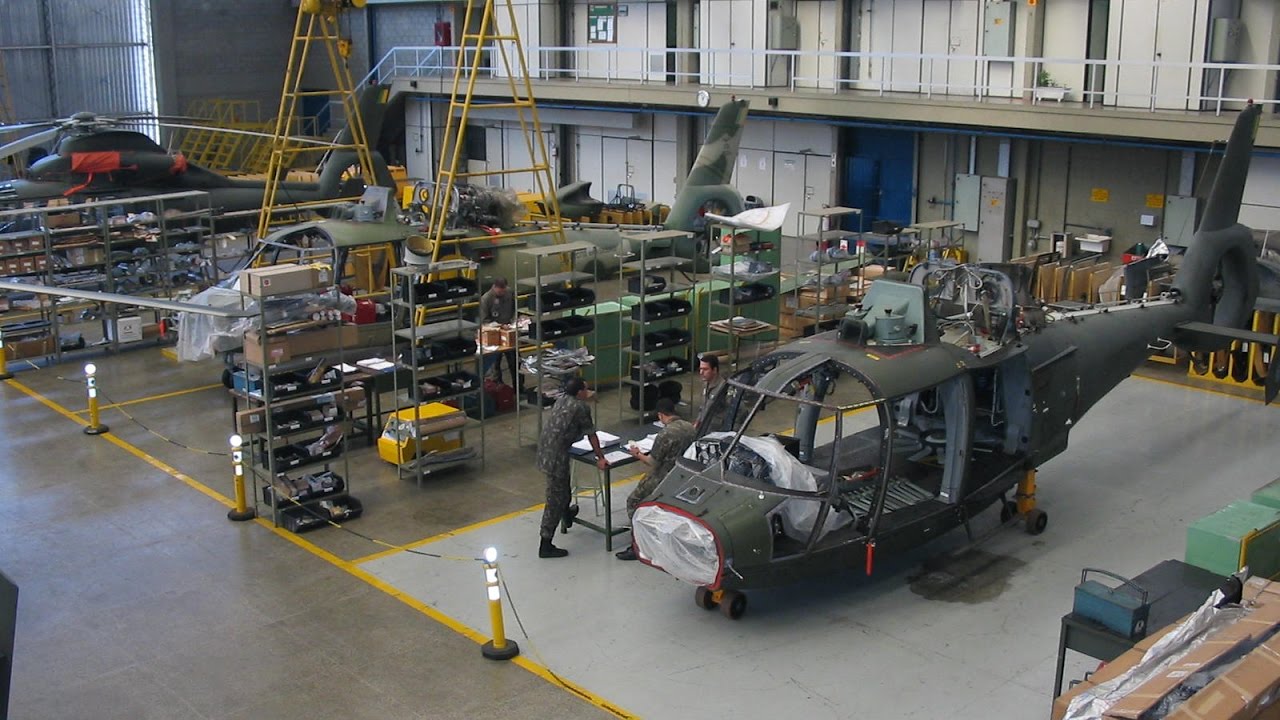 The third reason is the paucity of funds. The procurement proposals cannot go through unless sufficient funds are available. According to the forty second report of the Standing Committee on Defence (16th Lok Sabha), the capital outlay of the armed forces for the year 2018-19 is Rs 96,906 crore less than the demand projected by them. This could come in the way of several requirements being converted into specific demands. Even if the requirements are somehow converted into demands, the procurement proposals could get stymied at some stage because of paucity of funds.
The third reason is the paucity of funds. The procurement proposals cannot go through unless sufficient funds are available. According to the forty second report of the Standing Committee on Defence (16th Lok Sabha), the capital outlay of the armed forces for the year 2018-19 is Rs 96,906 crore less than the demand projected by them. This could come in the way of several requirements being converted into specific demands. Even if the requirements are somehow converted into demands, the procurement proposals could get stymied at some stage because of paucity of funds.
The fourth, and arguably the most important, reason is the quality and pace of decision making in the MoD. Several proposals, which could spur defence production in India, have run aground because of the inability of the MoD to take timely decisions whenever a project hits a roadblock. A case in point is the Avro-replacement programme which envisaged import of 16 transport aircraft in a fly-away condition with another 40 being built in India. This has been hanging fire for a long time, although Airbus had tied up with the Tatas for this project and submitted the bid more than four years back.
 If the reforms have not started showing results, and may continue to have a limited impact on defence production and acquisition, it is because of these four reasons, especially the issues related to decision-making. For some strange reason, there has been little realisation that unless these fundamental issues are addressed, all other reforms will have a limited impact, be it the setting up of the Defence Technology Fund, Investor Cell or Industrial Corridors.
If the reforms have not started showing results, and may continue to have a limited impact on defence production and acquisition, it is because of these four reasons, especially the issues related to decision-making. For some strange reason, there has been little realisation that unless these fundamental issues are addressed, all other reforms will have a limited impact, be it the setting up of the Defence Technology Fund, Investor Cell or Industrial Corridors.
The reform carried out in the FDI regime best illustrates this postulate. During the last four years the there has been a total additional inflow of Rs 1.21 crore despite all the liberalisation. In fact, the defence sector continues to be the second least attractive sector for the foreign investor, just ahead of the coir sector. The low level of FDI is not so much on account of the lack of reforms as the fact that the foreign investor does not find a business case for making the investment in the absence of a credible and financially sustainable demand for the defence products in the domestic market.
– The author is Ex-Financial Advisor (Acquisition), Ministry of Defence








